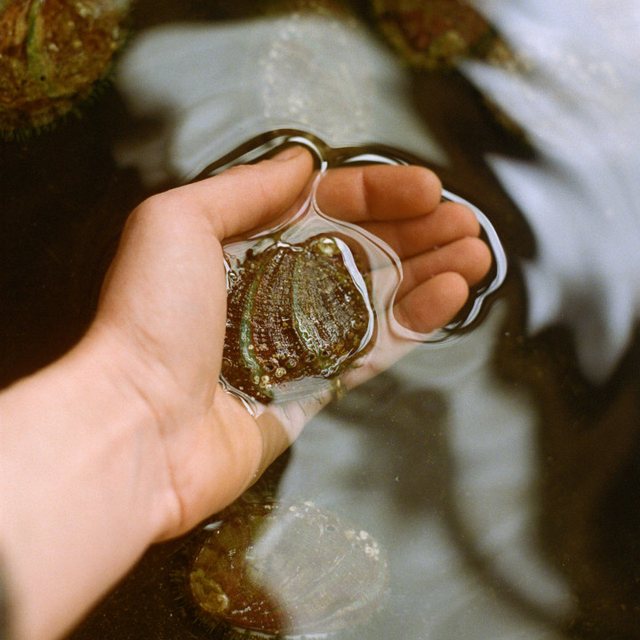
Various species of creatures rise to the surface from the depths of the sea and hang along the waterfalls. Easily distinguished with the naked eye:
a) Bright orange starfish;
b) shortness of breath;
c) Wild molluscs;
d) Large live shellfish;
e) Edible sea snails with rare milky shell cemented on rocks; (During their hunting, the detachment from the rocks is done with solid items such as screwdrivers, etc.).
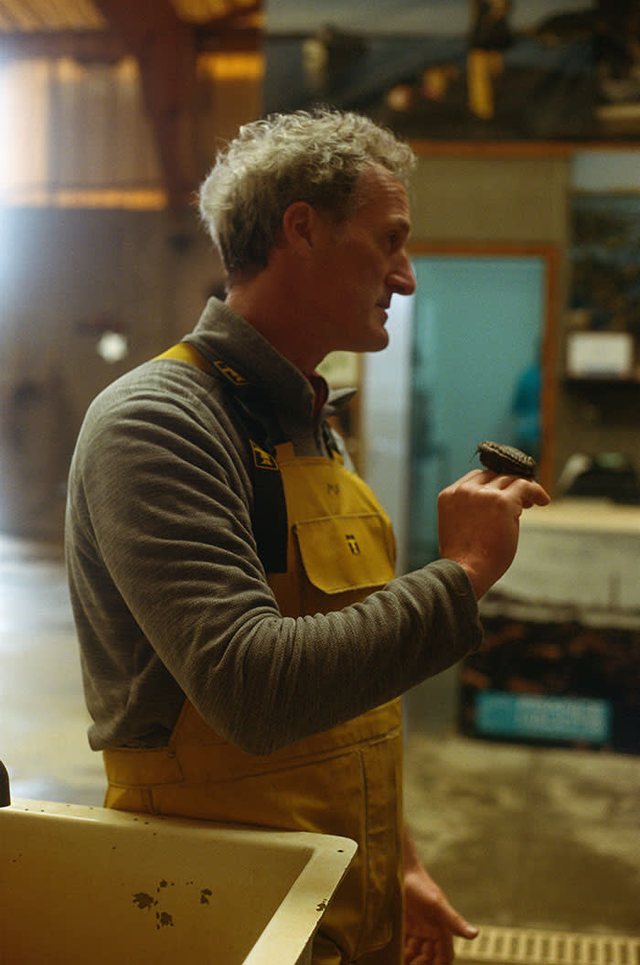
Even the big, fleshy Asian snail is more famous than its small red European cousin. It is hardly found because it lies hidden in rocks mostly at night from Morocco to the Channel Islands.
Sylvain Huchette built the largest sea snail farm called "France Haliotis" in 2004 after returning from Melbourne University with a doctorate in mollusc ecology. In the yard, outside the farm, there were 40 or 50 saltwater reservoirs. They were kissed by plastic plates covered with massive algae fields mixed with small sea snails. When they are about 10 months old, baby snails are transferred to large cages and kept offshore for another two or three years.
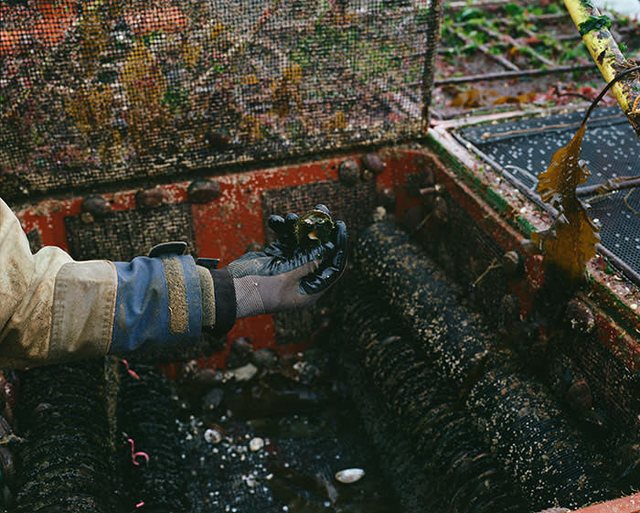
We have been cultivating the land for millennia because the land would meet global food needs, but now we are returning to the sea. Surplus species such as; salmon, shrimp, caviar - grown in their infancy in pen-shaped devices. A decade ago, almost all the fish we ate were wild and caught in the sea; in recent years, tonnage of fish produced on farms and reservoirs has exceeded the amount of fish caught at sea. Much of this new aquaculture is as environmentally problematic as traditional chemical farming. At most farms, for example, sea snail feeds on samcas (pellet-based food we find massively in pet stores), which are partly fish meal - so basically, meat-based food for vegetarians can bring unknown long-term consequences on the food chain.
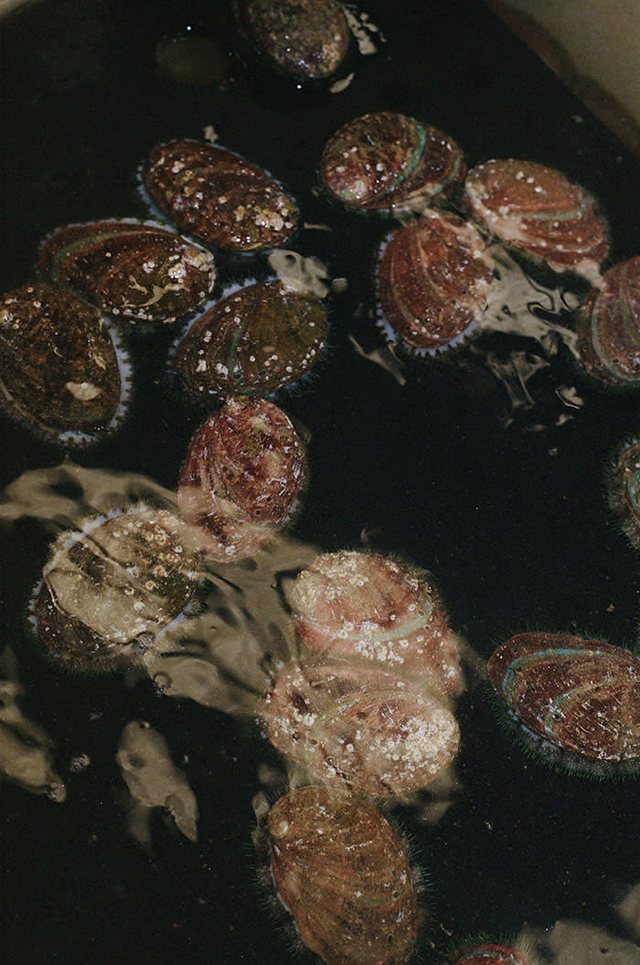
Huchette's snail farm is part of the new "blue economy", hoping to follow the ecological and ethical example of the "green economy". It has organic certification and feeds sea snails only with fresh seaweed, the food they eat naturally. He noted that the green and brown strips on their shells indicate the progress of their diet, from brown kelp in winter to green sea lettuce in summer.
Huchette has also begun dealing with the growth of seaweed, which is the first base of snail food by investing in large reservoirs of natural sea water. This process has its challenges, because it takes a lot of energy to heat and distribute water in the reservoirs, an operation that needs a large amount of coastal land, which has high acquisition costs, while competing Asian seaweeds are cheaper. But if aquaculture grows and develops, that ratio may change. He is also investing in the growth of complementary species. An experiment with queen mollusks didn't go so well last year. The so-called sea cucumbers, a favorite Asian dish, may work, but they are massively fished and with the reduction in offshore quantities prices are going up. "We're trying to create an ecological system in the reservoir or in the cage," Huchette explained. "It's called a multitrophic approach."
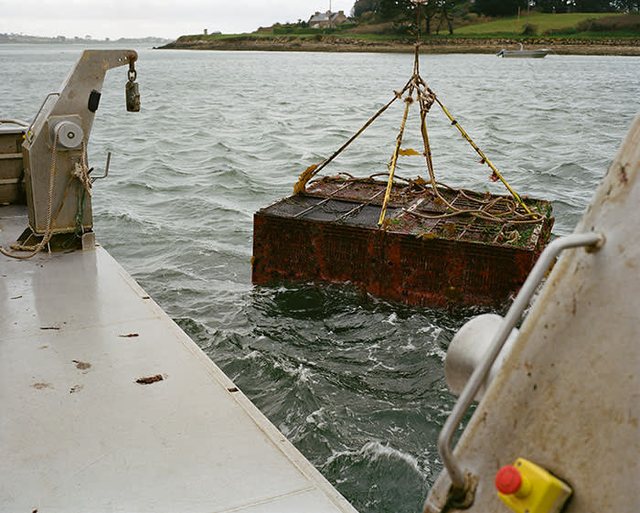
Twenty years ago, France fished 120 tons of sea snails per year. Now the fish stock of wild sea snail is reduced to 40 tons a year, "less than trout, less than caviar," Huchette said. They are so rare that you are unlikely to see them on the market with fish products, where the price can go up to â?¬ 80 per kilo or more and are labeled with a special red or blue seal for shown to be not illegally traded forage. France Haliotis itself produces about seven tons of sea snails per year. He feeds them selectively, just as farmers do with cows, pigs, chickens and sheep, so they are suitable for both their environment and human needs. "What we're really trying to do is adapt these species and grow them by breeding them as ordinary domesticated domestic animals," he said. "However, despite the fact that animals on farms have coexisted with humans for eternity, for the time being we must admit that sea snails are still wild animals, they are less adapted to us. "Frederic Laurans, Huchette's predecessor, fished one, shook it lightly with a single knife hook, slammed it twice with a hammer to soften it and fried it for a few minutes in butter. Snail meat was the most denser than a mollusk, softer than an octopus and slightly mild outside It had no taste of bright iodine like molluscs, but it tasted instead of hazelnuts and mushrooms.
Investments in this "industry" will lay the foundations for a drastic turnaround on the food menu of humanity from land to sea in the future.
Source: Wendell Steavenson Case Study for the Financial Times





